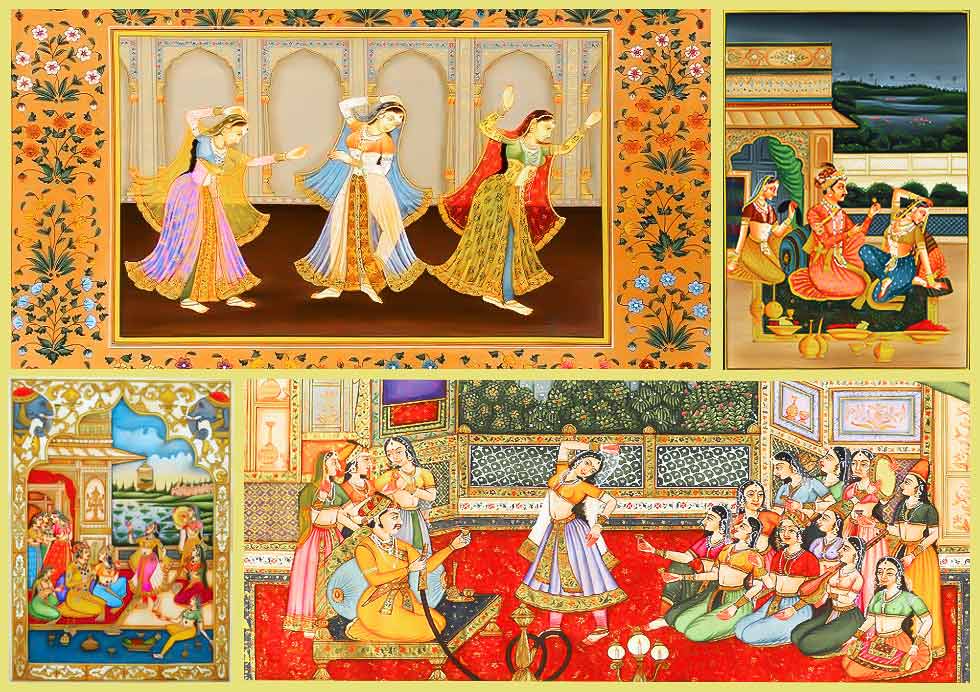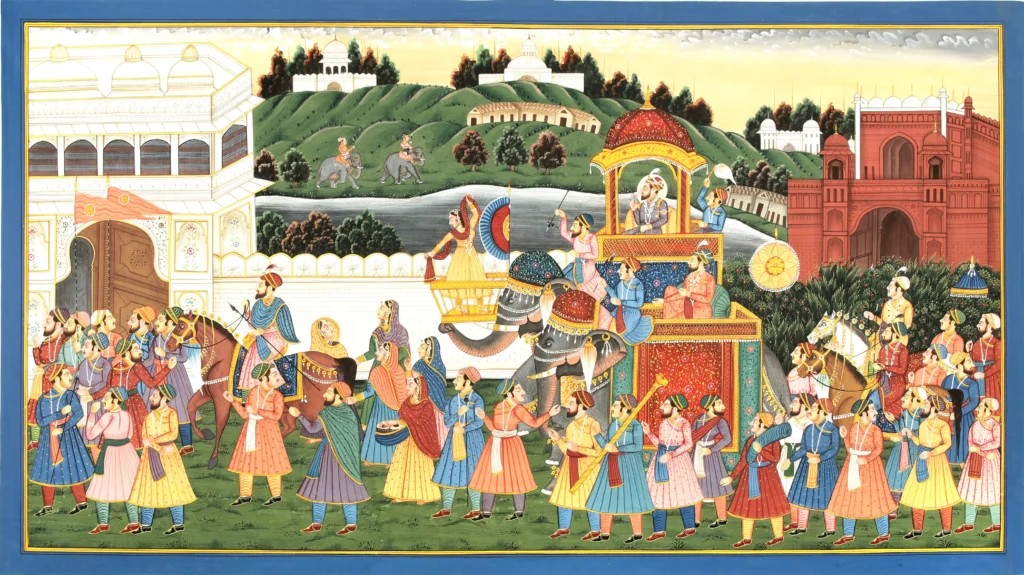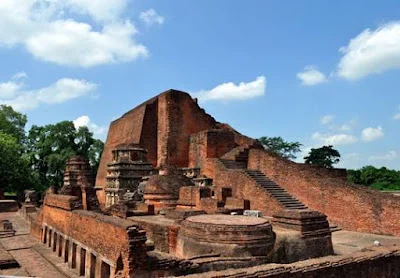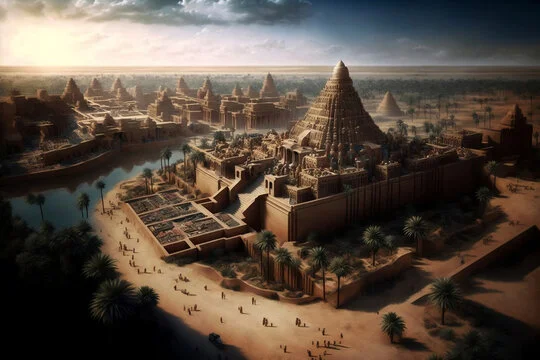The Art of Indian Miniatures: Indian miniature painting is a renowned art form that showcases India’s rich cultural heritage. Known for its intricate details, vibrant colours and delicate brushwork, this art form has captivated the world for centuries. Let’s explore the fascinating world of Indian miniatures, its history, style and enduring significance.
Historical Roots of Indian Miniatures:
The origins of Indian miniature paintings can be traced back to the 9th and 10th centuries, during the rise of Pala and Jain art. These early works, primarily religious manuscripts, were characterised by simple compositions and earthy tones.
However, the golden age of Indian miniatures began in the 16th century during the Mughal era. Under the patronage of Mughal emperors like Akbar, Jahangir and Shah Jahan, miniature painting flourished, blending Persian techniques with Indian aesthetics.
Styles of Indian Miniature Painting:

Over the centuries, Indian miniatures have evolved into distinct styles, each reflecting regional influences and cultural nuances.
- Mughal Miniatures
Mughal miniatures are renowned for their refinement and naturalism. These paintings often depict court scenes, hunting expeditions and historical events. Artists paid careful attention to facial expressions, costumes and intricate patterns. - Rajasthani Miniatures
Earning from the royal courts of Rajasthan, this style includes sub-schools such as Mewar, Bundi, Kota and Kishangarh. Rajasthani miniatures are vibrant, with themes revolving around mythology, love stories and nature. - Pahari Miniatures
Originating in the foothills of the Himalayas, Pahari miniatures, particularly the Kangra school, are known for their lyrical quality and romantic themes. These paintings often depict scenes from the epic Ramayana or Gita Govinda. - Deccan Miniatures
Deccan miniatures blend Persian influences with indigenous traditions, displaying rich colors, ornate patterns, and a mystical charm. They often depict royal portraits, flora, and fauna.
Techniques and Materials:
Creating an Indian miniature painting is a delicate process that requires skill, patience, and precision. Traditional artists used natural materials for pigments, such as minerals, plant extracts, and precious stones. Gold and silver were also added for decoration.
Brushes were made from squirrel hair, which enabled artists to achieve fine details. Paintings were often done on paper, ivory, or wood, where layers of delicate strokes brought the scenes to life.
Themes and Symbolism of Indian Miniatures:
Indian miniatures are rich in symbolism and storytelling. Themes often include:
Mythology: Depictions of Hindu gods and goddesses, scenes from epics such as the Mahabharata and the Ramayana, and stories of divine love such as Radha-Krishna.
Courtly Life: Glimpses of royal lifestyles, including processions, hunting scenes, and musical performances.
Nature: Lush landscapes, animals, and the changing seasons play a prominent role, reflecting the artists’ deep connection with the environment.
The Decline and Revival of Indian Miniature:

The decline of Indian miniature art began in the 18th century with the decline of royal patronage and the rise of colonial rule. However, the 20th century witnessed a revival thanks to the efforts of art historians, collectors, and cultural organizations.
Today, Indian miniatures are cherished worldwide, with many artists continuing this tradition while incorporating contemporary themes.
Why Indian Miniatures Matter Today:
Indian miniature paintings are not just works of art; they are windows into the past, providing insight into the cultural, social and religious life of ancient India. Preservation of this art form ensures that future generations can appreciate its timeless beauty and craftsmanship.
How to Appreciate Indian Miniature Art:
For art enthusiasts, here’s how you can delve deeper into the world of Indian miniatures:
Visit museums: Famous museums such as the National Museum in New Delhi and the Victoria and Albert Museum in London have excellent collections.
Support artisans: Many contemporary artists continue to create miniatures. Purchasing their work keeps this traditional craft alive.
Study the art: Books and online resources provide a wealth of information about the history, techniques and themes of Indian miniature painting.
Indian miniature art is a testament to India’s rich cultural tapestry and artistic prowess. From their historical significance to their intricate details, these paintings remain an enduring symbol of India’s heritage. As we embrace modernity, it is vital to cherish and preserve this timeless art form, ensuring that its legacy inspires generations to come.
Read Also: Peter Paul Rubens
![]()






One thought on “The Art of Indian Miniatures”